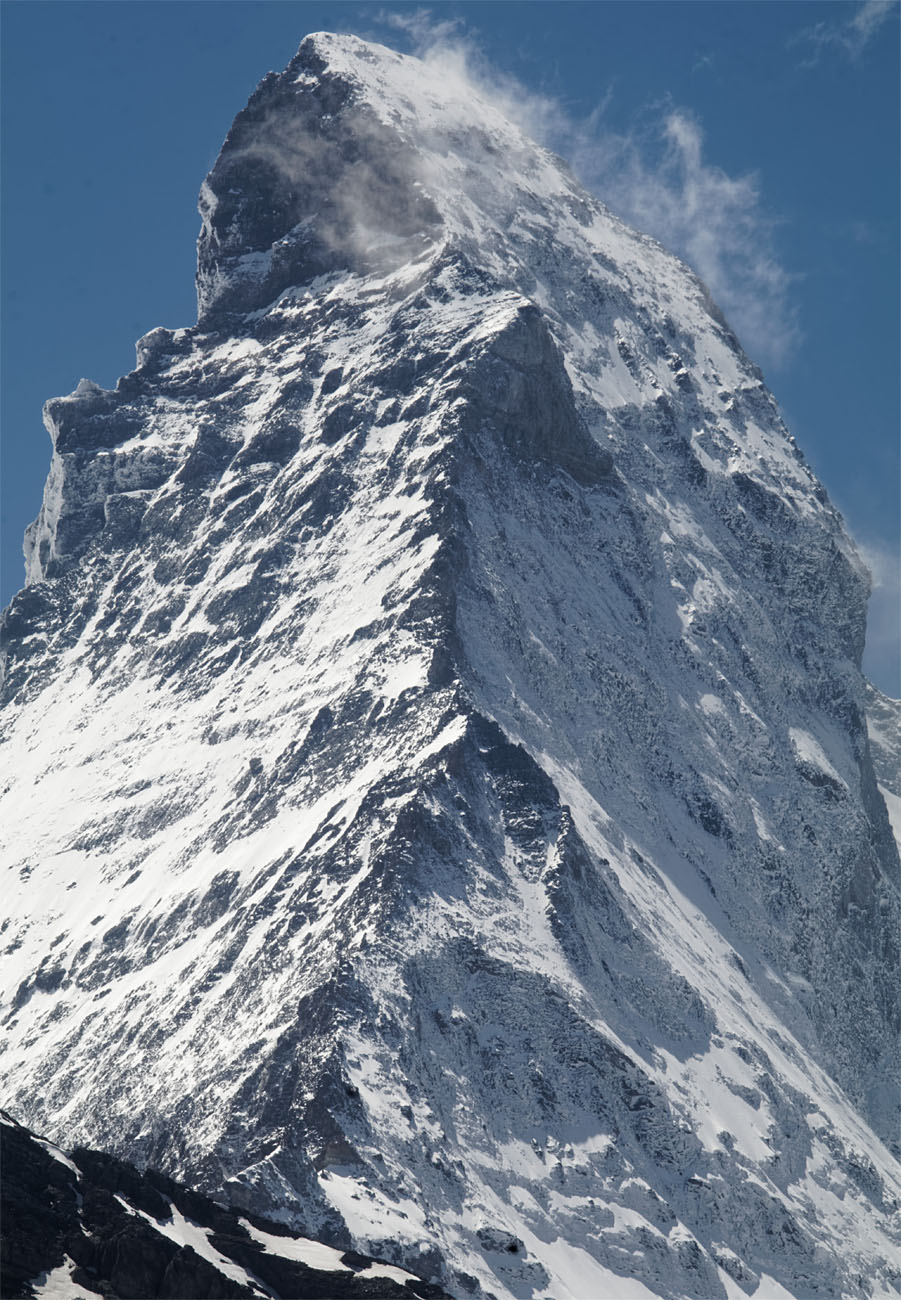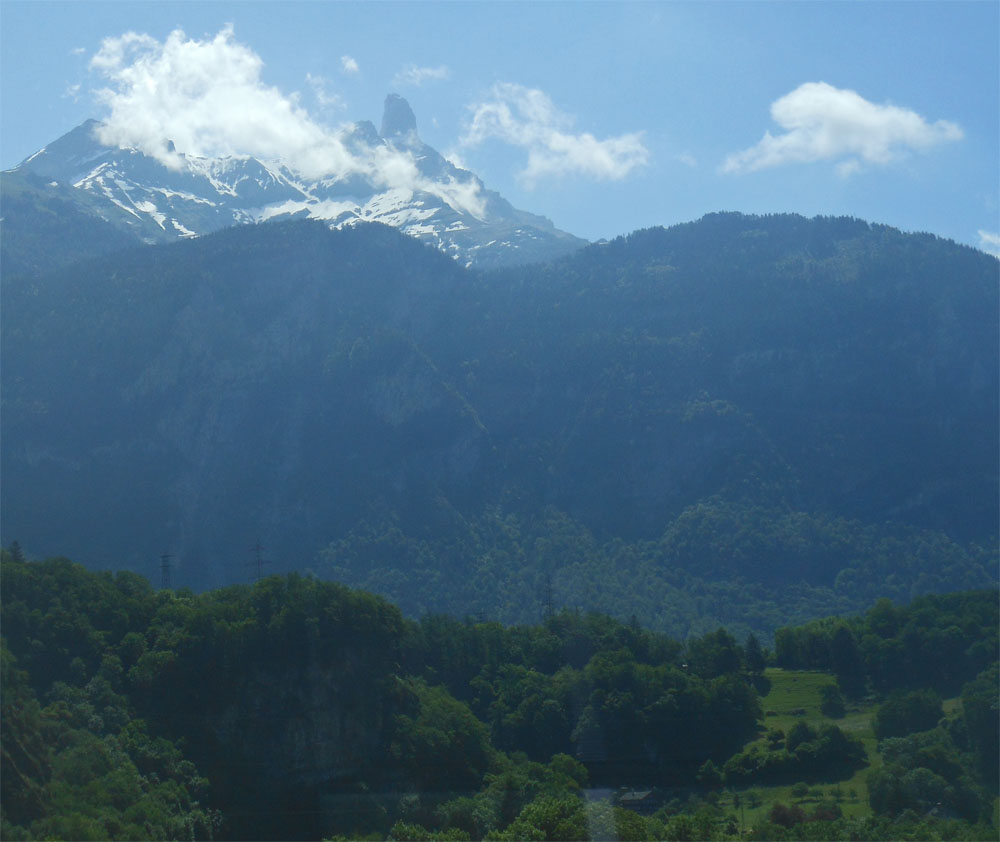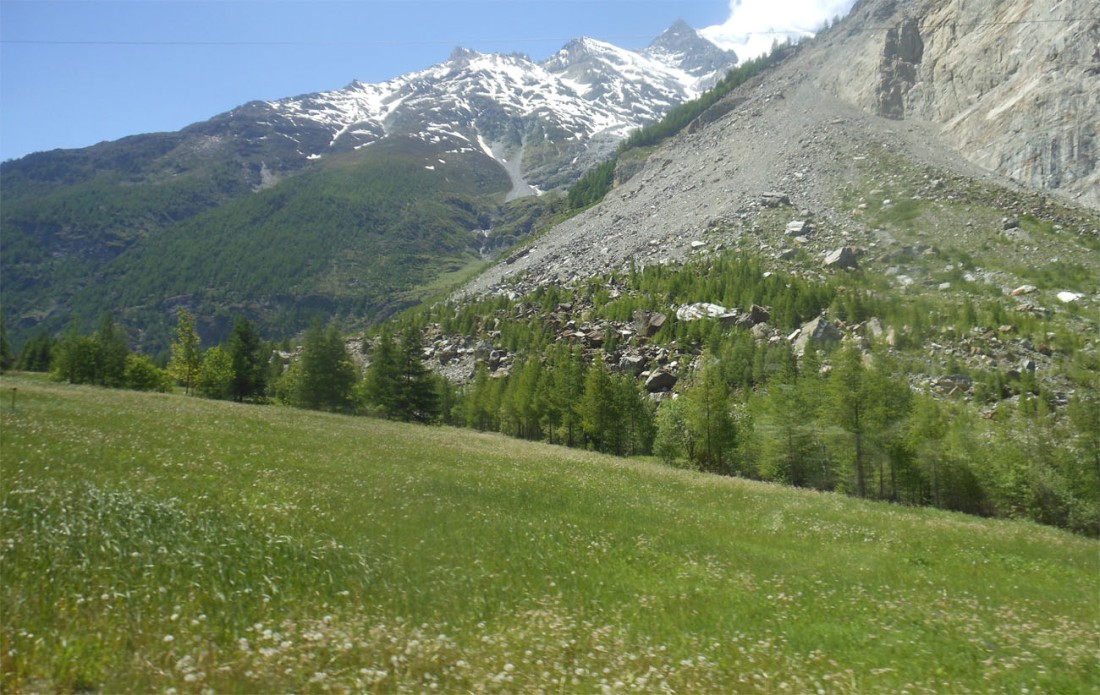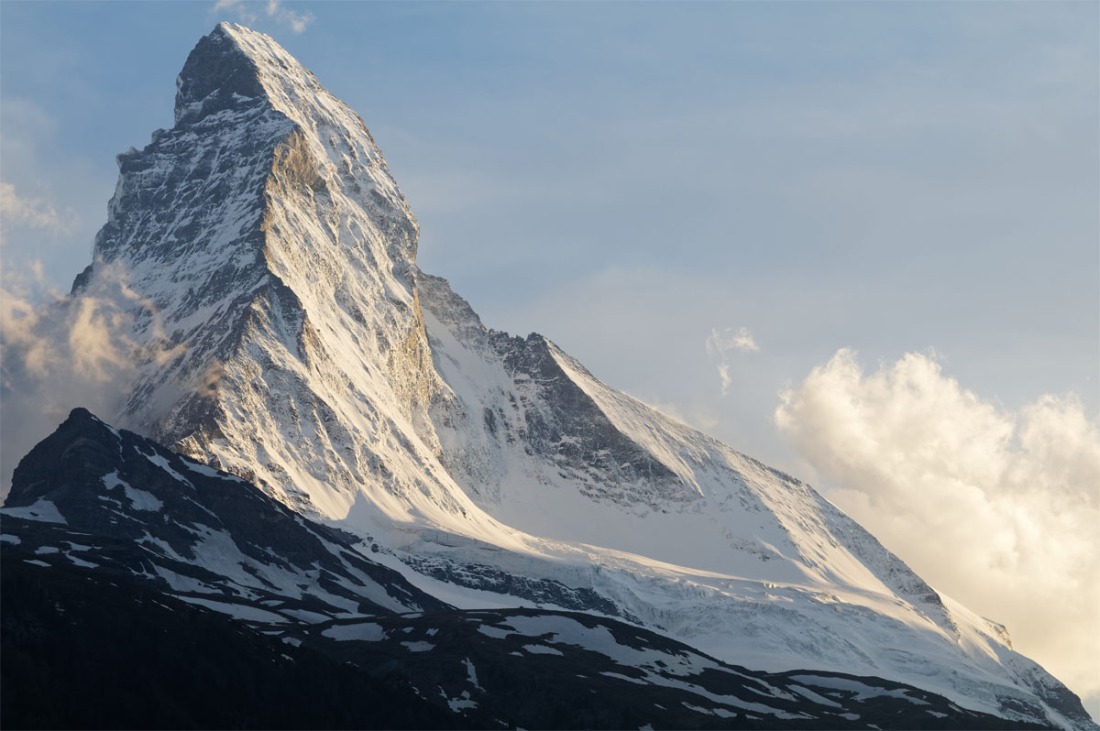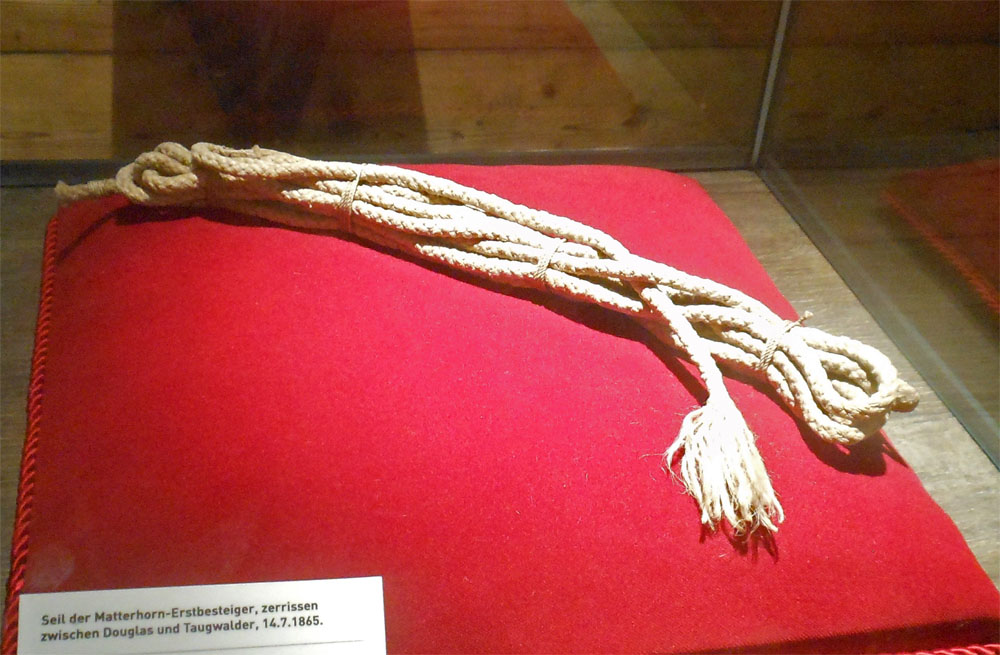The drama has two acts, and a curtain is shaking between them in the wind. Down there – a long way down – are people, railways, and dreams.
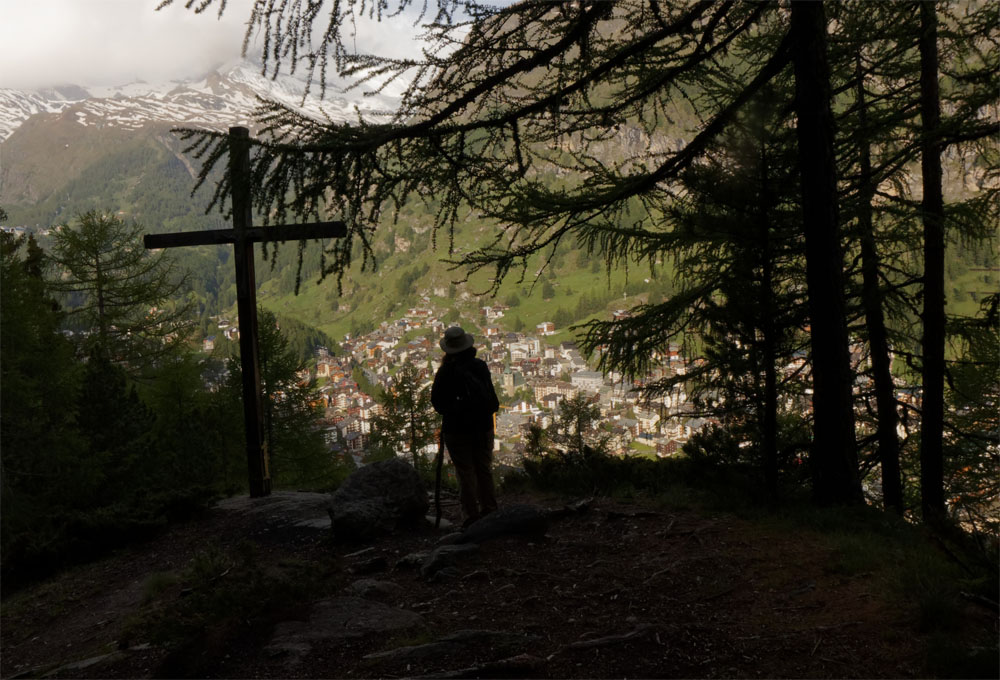
Above them, above me, are the kings of the Alps, the greatest mountains this side of the Caucasus. Most of the highest summits are within a few miles, splitting the clouds and cradling their glaciers.
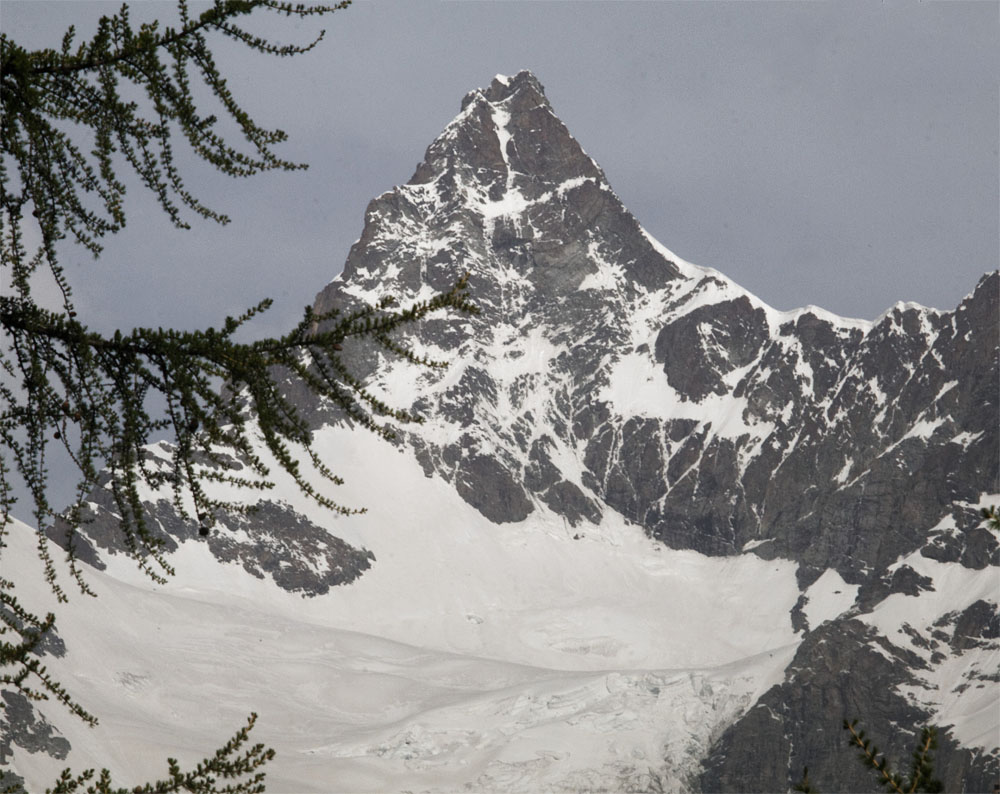

And that curtain – it’s made of trees. It might be valley meadows and alpine crags that dominate Switzerland’s image, unsurprising given their wholesale assault on human senses. But between them are the trees, a forest sweet with pine sap and scurrying with life.
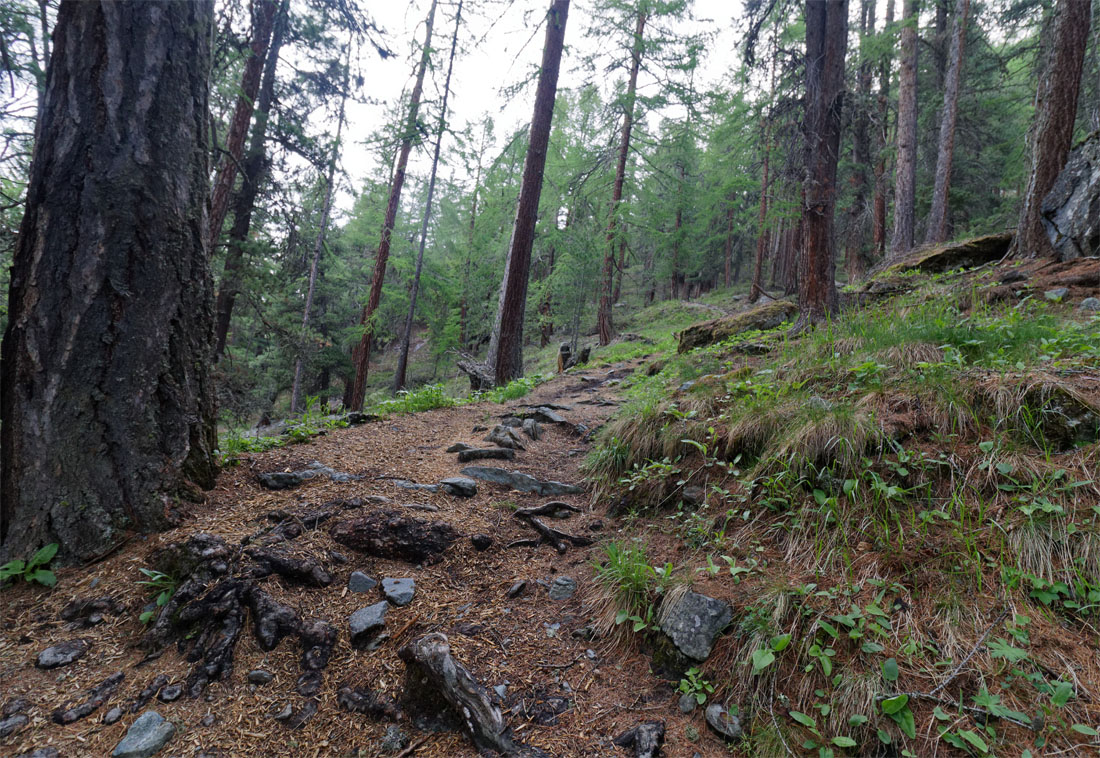
In fact, about a third of Switzerland is forest, and when the mountains start rising it is conifers that dominate. In them, beech martens bounce and red squirrels bury pine cones.
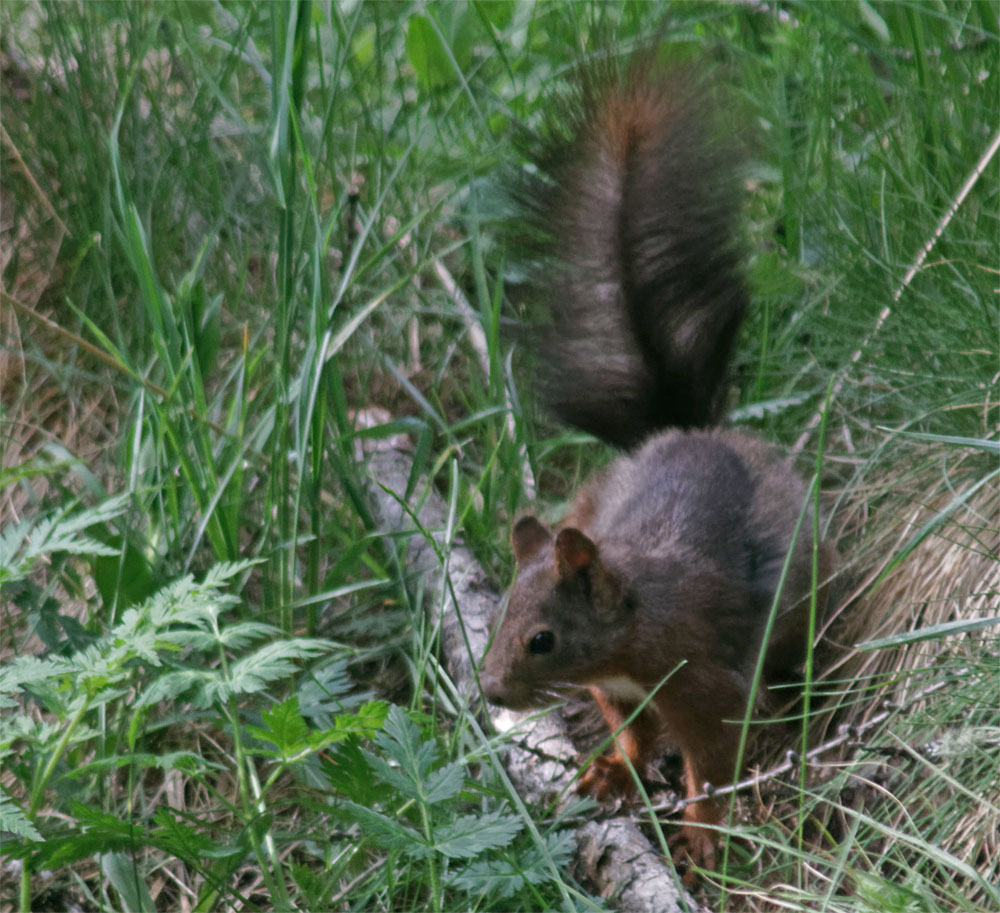
It is quiet, footsteps on fallen needles –
A raven barks.
For a moment I’m remembering Canada, being alerted by ravens to a nearby cougar. Ravens and large carnivores are linked together as much as the mountains and the river. Cougars are not indigenous to Europe, but we do have one large cat: the Eurasian lynx, snowshoe-pawed and ears flagged with tufts. A much larger species than its North American counterpart, it preys mostly on roe deer. Lynx were reintroduced to Switzerland fifty years ago and have a small presence in the Alps. So do wolves, which returned of their own accord from Italy.
Like large carnivores almost everywhere, their relationship with rural communities is not easy, but conservationists try to find ways for people and nature to coexist. Perhaps in the future, ravens will not have far to look.
In the here and now, the forest floor is growing sapphires. Wild gentians abound.
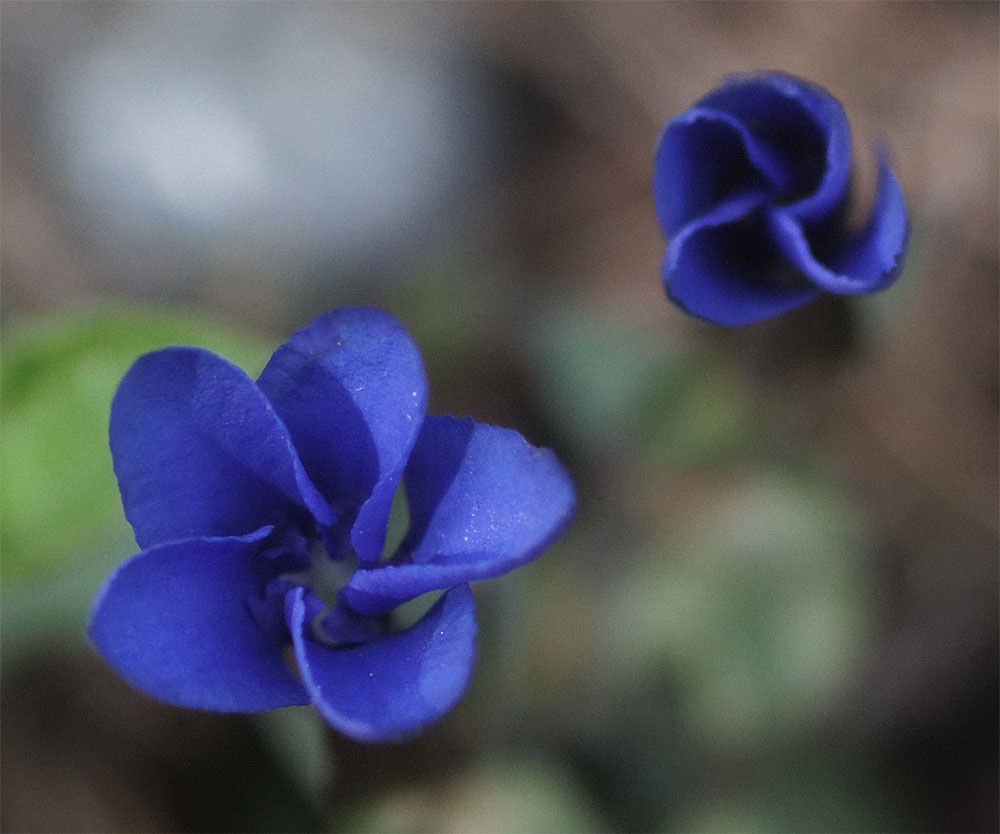
And amethysts; I’m not sure about this one, unless it is a mountain pasqueflower.
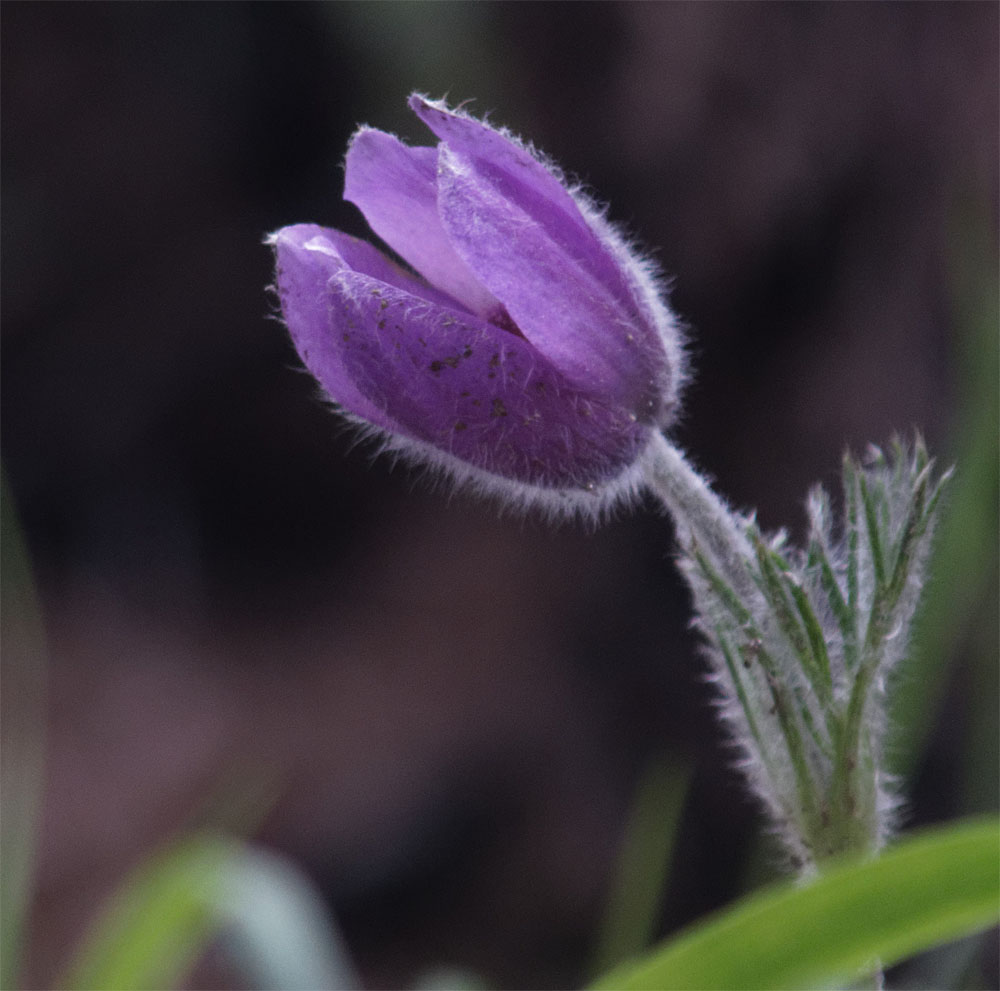
It is the pattern on the curtain – the complex threads of landscape and life.
















